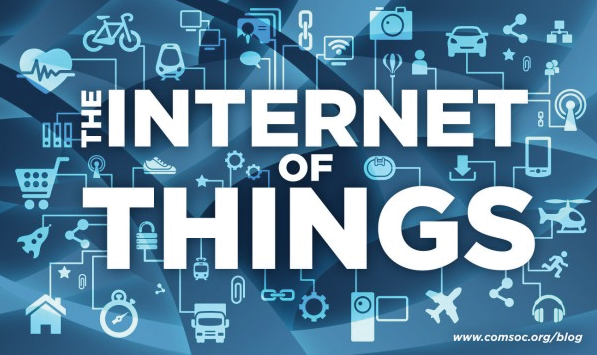We are all familiar with the feeling of dismay when opening the fridge to an empty shelf. In response to that problem, refrigerators may soon be able to place an order for delivery all on their own, according to Kevin Ashton, a British technology pioneer.
In 1999, Ashton proposed the term the ‘Internet of Things,’ which refers to uniquely identifiable objects and their virtual representations in an Internet-like network. In other words, with new technologies, regular household devices like refrigerators can now ‘hop’ onto the Internet. One way this is accomplished is through a machine-readable sensor or RFID (Radio-frequency Identification), allowing objects to communicate with any other service with a virtual presence on this massive network.
Other current technologies like QR codes (Quick Response code), barcodes and NFC (Near Field Communication) are also potential linking agents, that too, could connect various devices to the Internet. In fact, an increasing number of devices can be connected in this way.
“We have a clear vision: to create a world where every object—from jumbo jets to sewing needles—is linked to the Internet,” writes Helen Duce, director of RFID technology at the University of Cambridge. “Compelling as this vision is, it is only achievable if this system is adopted by everyone, everywhere. Success will be nothing less than global adoption.”
Lost in all this excitement is the additional burden of an already increasing security threat to any device that is connected online. When only computers could hook up to the Internet, users grappled with problems of viruses. Then came smartphones that added onto the problem of vulnerability to hackers who could potentially steal all your contacts, photos, and account information.
The complexity this new network poses leaves several gaping holes for hackers to enter and wreak havoc. At a cryptography and information-security related conference in San Francisco known as the RSA conference, Philippe Courtot, CEO of Qualys says, “We are faced with a dual challenge of not only a secure infrastructure that is rapidly changing, but we now have to prepare for the Internet of Things”.
Projections from Cisco, a leading company in networking, estimate over 50 billion devices will be connected devices by 2020. The implications of this growth involve a new role for traditional manufacturers. Companies will now have to also manufacture these ‘connected devices.’ Hence, the onus of Internet security will in part fall on them.
A solution to preventing such online vulnerabilities lies in creating modular designs for the hardware and software used in these devices. By separating various components of the system into independent modules, the entire system is not safe even if one module is hacked. For example, if there was a breach into the entertainment system at your home, the hacker would not gain access to other modules in the home such as the one that controls the locks, the lights, etc.
Open security standards like TLS (Transport Layer Security) and OAuth are better alternatives as security protocols on these new connected devices than having each manufacturer develop their own propriety software. These are largely more reliable because they have been tested extensively by the online community.
In the end, we as consumers must exercise caution in terms of connecting devices and sharing information. A refrigerator that can order groceries is a novel idea, but if it has access to your credit card information and the ability to open the door to let the delivery guy in, things could get a little out of hand. This is where a little skepticism and caution can go a long way.








